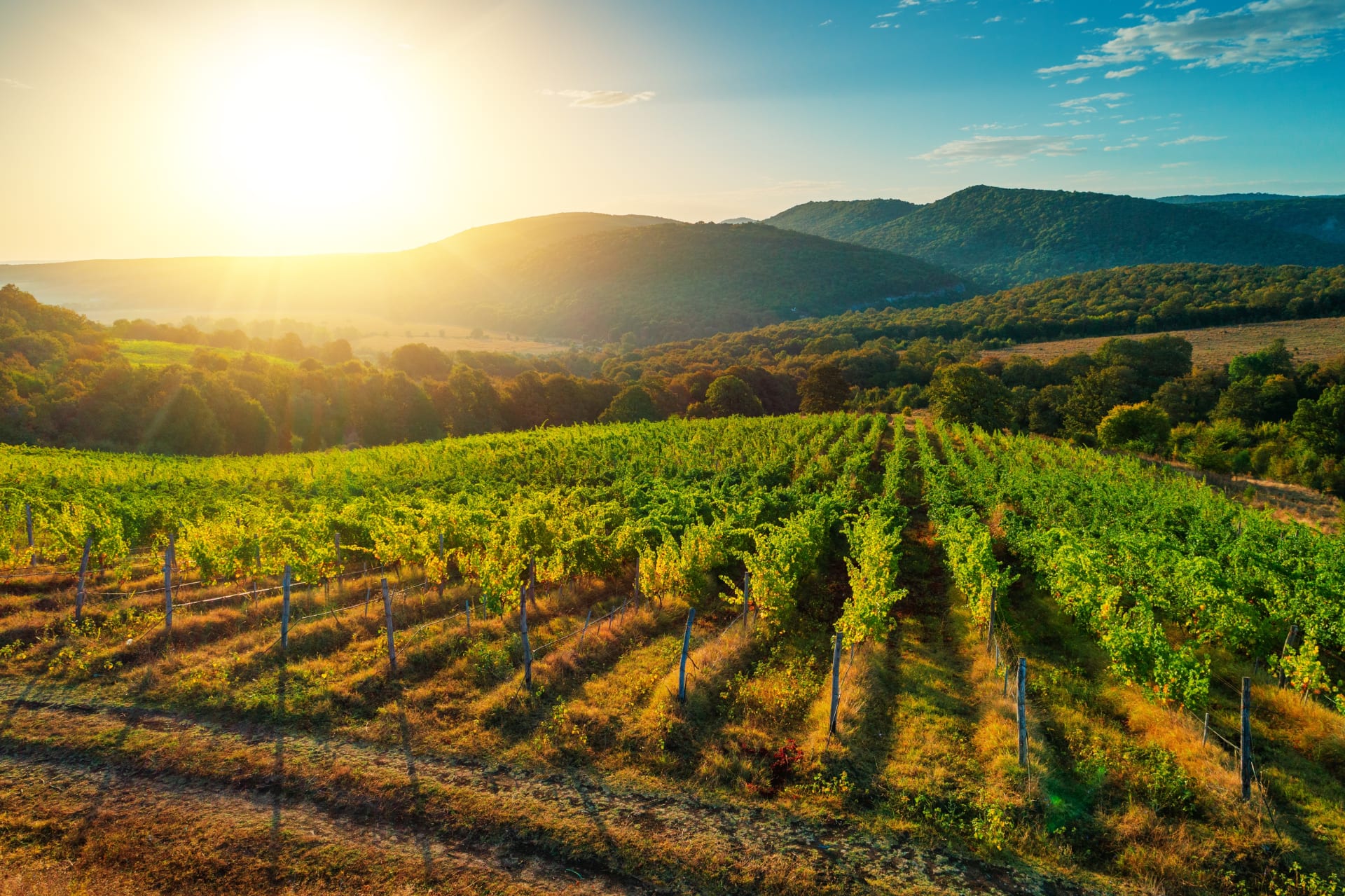Balancing land use with wildlife needs is crucial for sustainable agriculture. As our population and infrastructure in Oxfordshire grows and agricultural demands increase, maintaining biodiversity while meeting food production goals becomes more challenging. Strategies that integrate wildlife conservation with agricultural practices can, if implemented well, lead to sustainable ecosystems and productive landscapes.
Agricultural expansion can lead to habitat loss, fragmentation, and pollution, all of which can severely impact wildlife. To address this, a multi-faceted approach is needed. One effective strategy is agroforestry, where trees and shrubs are integrated into crop and livestock systems. This not only provides habitats for wildlife but also enhances soil fertility and water retention, leading to increased crop yields. Creating uncropped margins around fields, incorporating wildflowers and herbs can also provide shelter and food for wildlife, encouraging biodiversity without compromising agricultural productivity.
Selecting appropriate fields for crop cultivation involves assessing soil health, water availability, and ecosystem impacts while priority for cropping should be given to areas with fertile soils and reliable water supply to minimize the need for chemical inputs and irrigation. Avoiding growing crops in high wildlife value habitats such as species rich grassland is essential to preserving biodiversity whilst managing crop selection and rotation can enhance soil health and reduce pest pressures, encourage the right insects and support a more resilient agricultural system. By rotating crops and integrating diverse plant species, farmers can improve soil structure and fertility, reducing the need for man-made fertilizers.
Integrated Pest Management (IPM) has been practiced for years and promotes the use of natural predators to control pest populations. This approach reduces reliance on chemical pesticides, which can inadvertently harm non-target species and disrupt ecosystems. Encouraging beneficial predators, such as birds, insects, and small mammals, can effectively manage pest populations for example planting habitat to attract sawflies, ladybirds and spiders will reduce the need to spray for aphids and other crop pests.
The challenge of balancing land use for agriculture with the needs of wildlife requires a holistic perspective. Sustainable practices, such as agroforestry and crop rotation support agricultural productivity while conserving biodiversity. Integrating natural pest control methods reduces the environmental impact of farming and enhances ecosystem health. By considering both ecological and agricultural needs, we can create landscapes that are productive, resilient, and biodiverse.
Collaboration between farmers, conservationists, and policymakers is key to achieving this balance. Policies that support sustainable land use practices, provide incentives for wildlife-friendly farming, and protect critical habitats are essential and are now being actively encouraged through UK Government farm support schemes which pay farmers to farm in an environmentally friendly manner. Education and outreach can also empower farmers with the knowledge and tools they need to implement these practices effectively.
In conclusion, balancing land use with wildlife needs is not only possible but essential for sustainable development. By choosing the best fields for crops, encouraging natural pest control, and integrating biodiversity into agricultural systems, we can create landscapes that support both human and ecological health. This integrated approach ensures that our agricultural practices are not only productive but also contribute to the long-term sustainability of our natural environment.
James Gillies launched his land management and consultancy services in 2016 when he was accepted as a Member of the British Institute of Agricultural Consultants (MBIAC), a body which recognises and promotes agricultural consultants. In December 2018 he was elected as a Member of Institute of Agricultural Management – recognising and promoting the highest standards in Agricultural Management practices (MIgrAM). With over 20 years’ practical experience in habitat creation and land management he offers a bespoke service and deals directly with clients to manage all aspects of the habitat creation or land management project.
james@james-gillies.com 07973 796406 james-gillies.com










